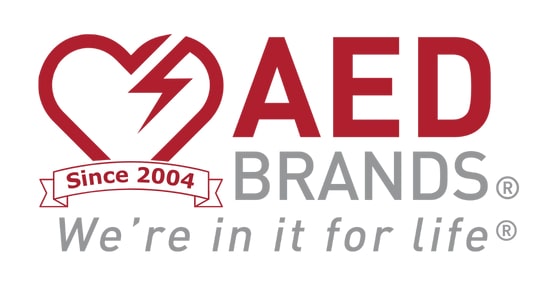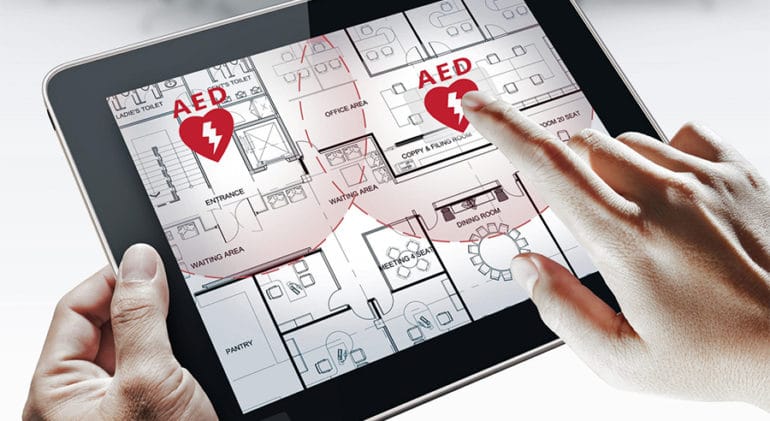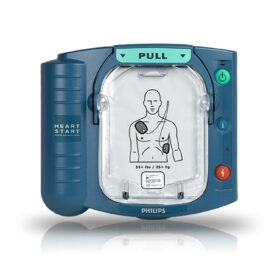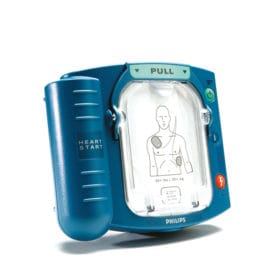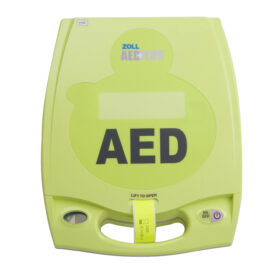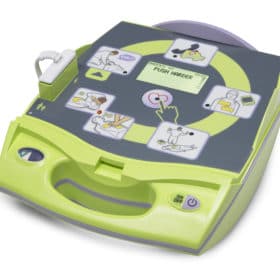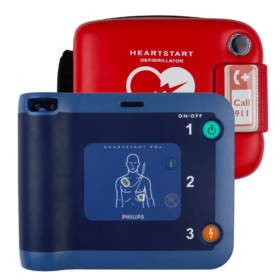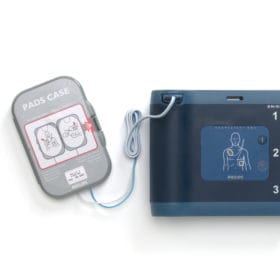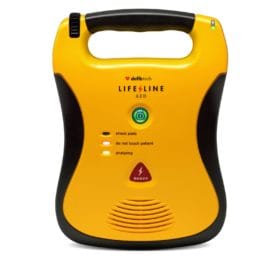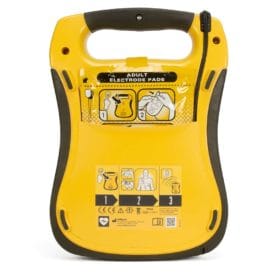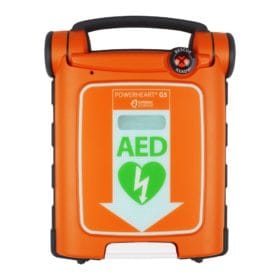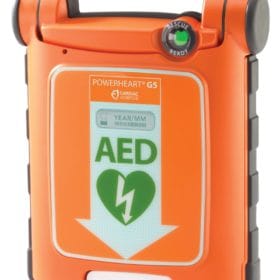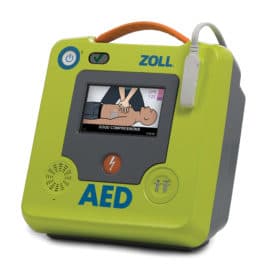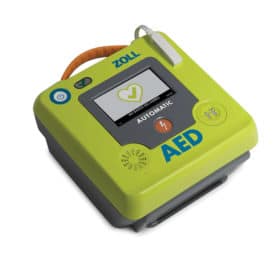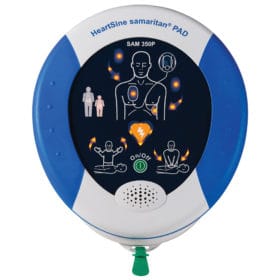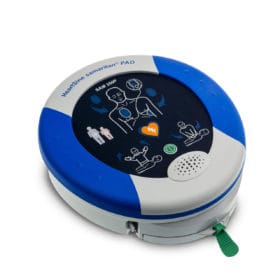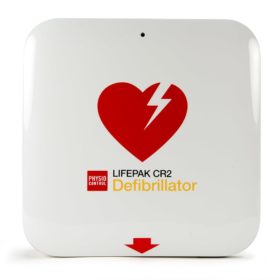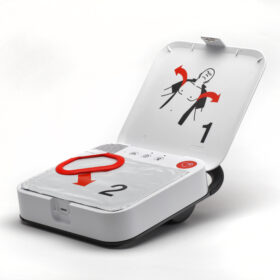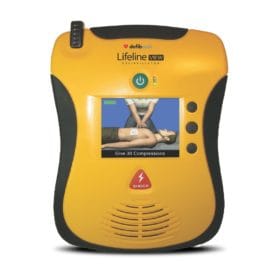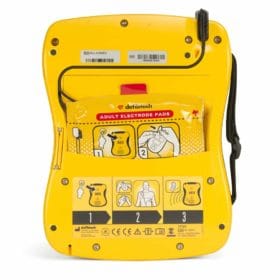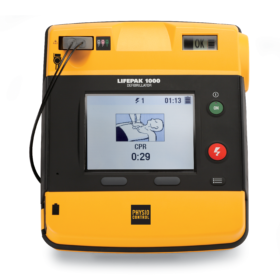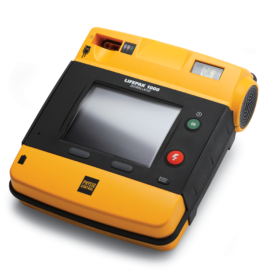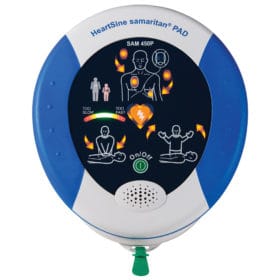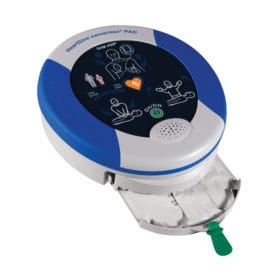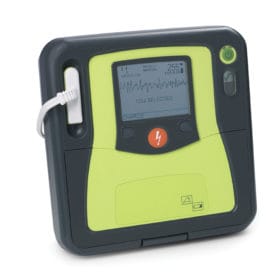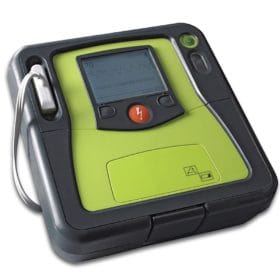- Your cart is empty
- Continue Shopping
An AED Defibrillator Saves a victim of Sudden Cardiac Arrest Event
A Lifesaving Moment Thanks to an AED
This ECG strip is from an actual automated external defibrillator (AED) lifesaving moment. In just two minutes and forty-nine seconds, the sudden cardiac arrest (SCA) victim’s heart rate was restored to a normal rhythm thanks to the quick action of an emergency response team and the use of an AED.
Follow the time sequence below.
9:51:45 am – The victim collapses. Nearby witnesses determine the victim is unconscious and is not breathing, classic signs of sudden cardiac arrest. Cardiopulmonary resuscitation (CPR) is started immediately, 911 is called, and an emergency medical responder runs to retrieve an AED located nearby.
9:53:16 am – The AED arrives on scene and is activated.
9:53:22 am – The AED prompts the rescuers to place the AED pads on the victim’s chest, CPR is halted to allow the AED to begin analyzing.
9:54:08 am – Once the pads are connected to the AED, the unit begins to read and assess the heart rhythm.

9:54:12 am – The AED analyzes the electrical activity of the heart and is 100% accurate in determining that the victim is in sudden cardiac arrest.
9:54:15 am – The AED further determines that the victim is in ventricular fibrillation, the most common form of sudden cardiac arrest.
9:54:18 am – The automated external defibrillator advises a shock (to defibrillate the heart) and begins to charge so that it can deliver the life-saving energy to the SCA victim.

9:54:25 am – The AED is charged and ready, it prompts the rescuer to press the shock button.
9:54:34 am – The rescuer presses the shock button and the AED delivers electrical therapy to the victim’s heart.

9:54:38 am – The shock from the AED stops all electrical activity in the heart.
9:54:40 am – Since the chaotic, abnormal electrical activity has stopped, the sinus node in the heart resumes sending normal electrical impulses. The AED prompts the rescuer to restart CPR.

9:56:44 am – The AED advises CPR to halt. The AED resumes analysis of the heart rhythm.
9:56:47 am – The AED determines the heart is in normal rhythm and the device prompts the rescuer to begin CPR again.

9:59:05 am – The AED prompts the rescuer to stop CPR. Once again, the automated external defibrillator resumes analysis of the heart rhythm.

9:59:09 am – The AED determines the heart is in a normal rhythm and again no shock is needed. The device prompts the rescuer to restart CPR.

10:01:22 am – Paramedics arrive on scene and remove the AED pads from the patient to prepare for transport to the hospital.

This SCA ended with the victim surviving. However, sudden cardiac arrest is usually fatal if treatment with an automated external defibrillator is not begun in a very small window of time. In as little as five minutes, brain damage can occur. At ten minutes, most SCA victims die. The above scenario shows how quickly medical attention is needed.
Having an AED unit and trained emergency medical responders nearby is crucial. AED Brands’ mission is to make sure that automated external defibrillators are in every public gathering place to help SCA victims survive. Implementing an AED Program at schools, airports, convention centers, fitness clubs, golf courses, etc., and placing AED units in every police car or other emergency vehicle, is vital to lowering the incidence of SCA deaths in this country. Let’s try to achieve this goal together!
Loading...
The best AED for your needs
Philips HeartStart FRx AED with FREE Carry Case 861304
Would you like these results sent to your email?
If so, just fill our your email address below and submit.
